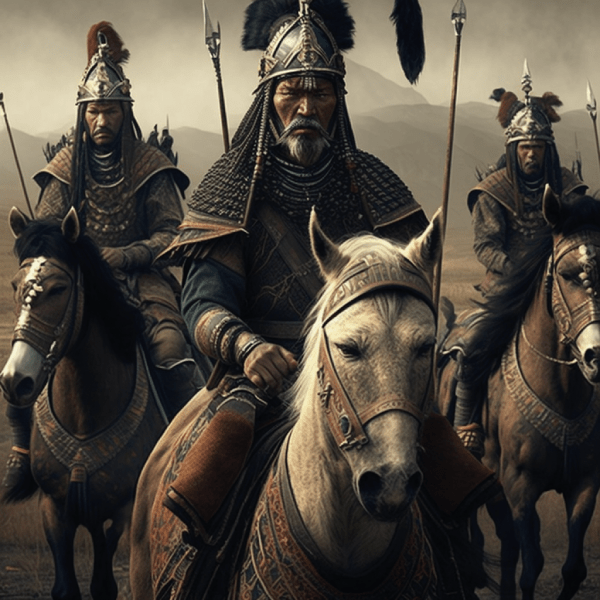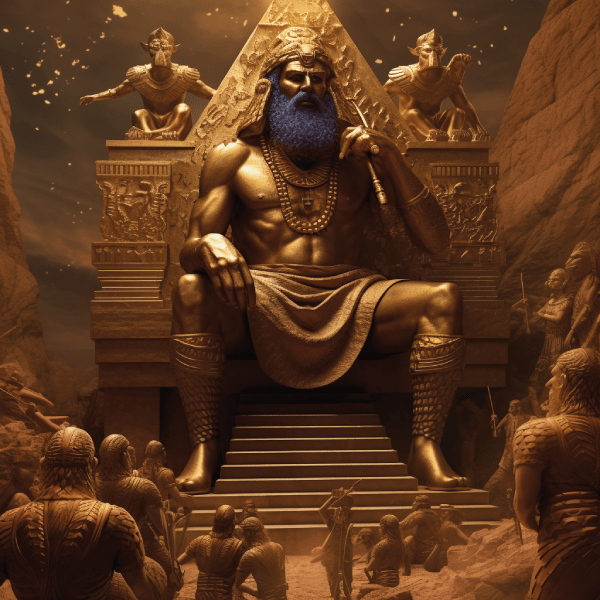Introduction
Richard Barrett’s insights on tribe awareness provide us with a deep understanding of the significance of shared values, collaboration, and the interdependence of all things. The worldview of tribe awareness, which dates back over 12,000 years, sheds light on the importance of belonging, conformity, and loyalty in the development of human societies. In this blog post, we will explore how the concept of tribe awareness is still relevant today, particularly in the context of sustainability.
The importance of shared values
The worldview of tribe awareness places great emphasis on shared values. People in tribes identified with an ethnic group and a territory that provided them with food for survival. The tribe’s collective aggression was primarily limited to inter-tribe rivalries, and the tribe’s safety depended on the protection of the group’s food stores, animals, and territory. Possessions did not belong to individuals but to the tribe, and the ceremonies and tribal rites of passage reinforced people’s connection to the tribe. By embracing shared values that reflect a deep understanding of our interconnectedness, we can create a sustainable world that benefits everyone.
The importance of collaboration
Collaboration was essential for survival in the worldview of tribe awareness. People worked together towards shared goals, and protecting the tribe’s food stores, animals, and territory from incursions from other tribes was crucial for survival. Today, we face a different kind of challenge in the form of environmental degradation, and collaboration is still crucial to finding solutions to these challenges. By sharing resources and working together, we can create innovative solutions that benefit both people and the planet.
The importance of consciousness development
The worldview of tribe awareness places great importance on the consciousness development of individuals. By developing greater self-awareness, people can become more conscious of their impact on the environment and work towards creating a more sustainable world. The importance of this aspect is still relevant today, as we need to develop a deeper understanding of ourselves and our place in the world to create a sustainable future.
Transition to state awareness
The transition from the worldview of tribe awareness to the worldview of state awareness occurred because of mass migrations caused by desertification, and colonization has driven the transition in recent centuries. However, some nations still retain the influence of tribe awareness, and this influence is still visible in dress codes, body adornments, hair styles, and the use of rituals to differentiate subgroups. Understanding these influences can help us to build bridges and work together towards a more sustainable future.
Conclusion
Tribe awareness provides us with a deep understanding of the importance of shared values, collaboration, and consciousness development in achieving sustainability. By recognizing our interconnectedness and working together towards shared goals, we can create a world that benefits both people and the planet. Understanding the influences of this awareness on our societies today can help us to build bridges and work towards a more sustainable future.
Historical examples
- The Native American tribes of North America, such as the Cherokee, Apache, and Sioux, are examples of societies that operated from the worldview of tribe awareness. They were strongly connected to their ethnic group and territory, and their survival depended on protecting their food stores, animals, and land from other tribes.
- The ancient Greek city-states, such as Athens and Sparta, operated from the worldview of tribe awareness. Citizens identified strongly with their city-state and were fiercely loyal to it. They had strict codes of behavior and rituals that reinforced their connection to their city-state and their ancestors.
- The Mongol Empire under Genghis Khan operated from the worldview of tribe awareness. Mongolians identified strongly with their ethnic group and territory and relied on their horses and herds for survival. They had strict codes of behavior and rituals that reinforced their connection to the tribe and their ancestors.
- The ancient Hebrews in the Old Testament of the Bible operated from the worldview of tribe awareness. They identified strongly with their ethnic group and their connection to their God Yahweh. They had strict codes of behavior and rituals that reinforced their connection to their tribe and their ancestors.
- The ancient Egyptians operated from the worldview of tribe awareness. They identified strongly with their pharaohs and their connection to the Nile River, which was essential for their survival. They had strict codes of behavior and rituals that reinforced their connection to their tribe and their gods.
- The ancient Aztec civilization in Mesoamerica operated from the worldview of tribe awareness. The Aztecs identified strongly with their ethnic group and their connection to their gods. They had strict codes of behavior and rituals that reinforced their connection to their tribe and their ancestors.
- The ancient Japanese society operated from the worldview of tribe awareness, particularly during the feudal era. The Japanese identified strongly with their daimyo (feudal lords) and their connection to their land. They had strict codes of behavior and rituals that reinforced their connection to their tribe and their ancestors.
- The ancient Mayan civilization in Mesoamerica operated from the worldview of tribe awareness. The Maya identified strongly with their ethnic group and their connection to their gods. They had strict codes of behavior and rituals that reinforced their connection to their tribe and their ancestors.
Contemporary examples
- Sports teams and teenage gangs are examples of subgroups that use dress codes, body adornments, hair styles, and rituals to differentiate themselves from others, which is an aspect of the worldview of tribe awareness.
- Some religious communities, such as the Amish and Hutterites, still operate from the worldview of tribe awareness. They have a strong connection to their ethnic group and territory and rely on traditional agricultural practices for survival.
- Ethnic enclaves in cities, such as Chinatown and Little Italy, are examples of subgroups that maintain their own cultural traditions and practices, which is an aspect of the worldview of tribe awareness.
- Some political movements, such as the Basque separatist movement in Spain and the Kurdish separatist movement in Turkey, are attempting to establish independent territories based on their ethnic identities, which is an aspect of the worldview of tribe awareness.
- Some immigrant communities in Western countries, such as Hispanic communities in the United States or Turkish communities in Germany, maintain strong connections to their cultural heritage and may live in enclaves that reflect their traditional practices, which is an aspect of the worldview of tribe awareness.
- Some online communities, such as gaming communities or subreddits, can also operate from the worldview of Tribe Awareness. Members may strongly identify with their group and have strict codes of behavior and rituals that reinforce their connection to their tribe and their interests.
- In the business world, corporate cultures can also exhibit aspects of the worldview of tribe awareness. Companies may have strict codes of behavior and rituals that reinforce their connection to their mission and values, and employees may strongly identify with their company and colleagues.
- Some subcultures, such as goth or punk, maintain their own distinct styles and practices that differentiate them from mainstream culture, which is an aspect of the worldview of tribe awareness.
- Environmental organizations and movements can operate from the worldview of tribe awareness. Members may strongly identify with their group and have strict codes of behavior and rituals that reinforce their connection to their mission and values.
- Political groups that advocate for the rights of specific ethnic groups, such as Black Lives Matter or the Indigenous Peoples’ Movement, are examples of contemporary movements that draw on the worldview of tribe awareness. They identify strongly with their ethnic group and seek to preserve and promote their cultural heritage.
- Social media platforms can also operate from the same worldview, with users strongly identifying with their preferred platform and adhering to codes of behavior and rituals that reinforce their connection to their tribe.
- Hip hop culture, which originated in the African American and Latino communities in the United States, is an example of a contemporary subculture that operates from the worldview of tribe awareness. It has its own distinct styles, practices, and codes of behavior that differentiate it from mainstream culture.



